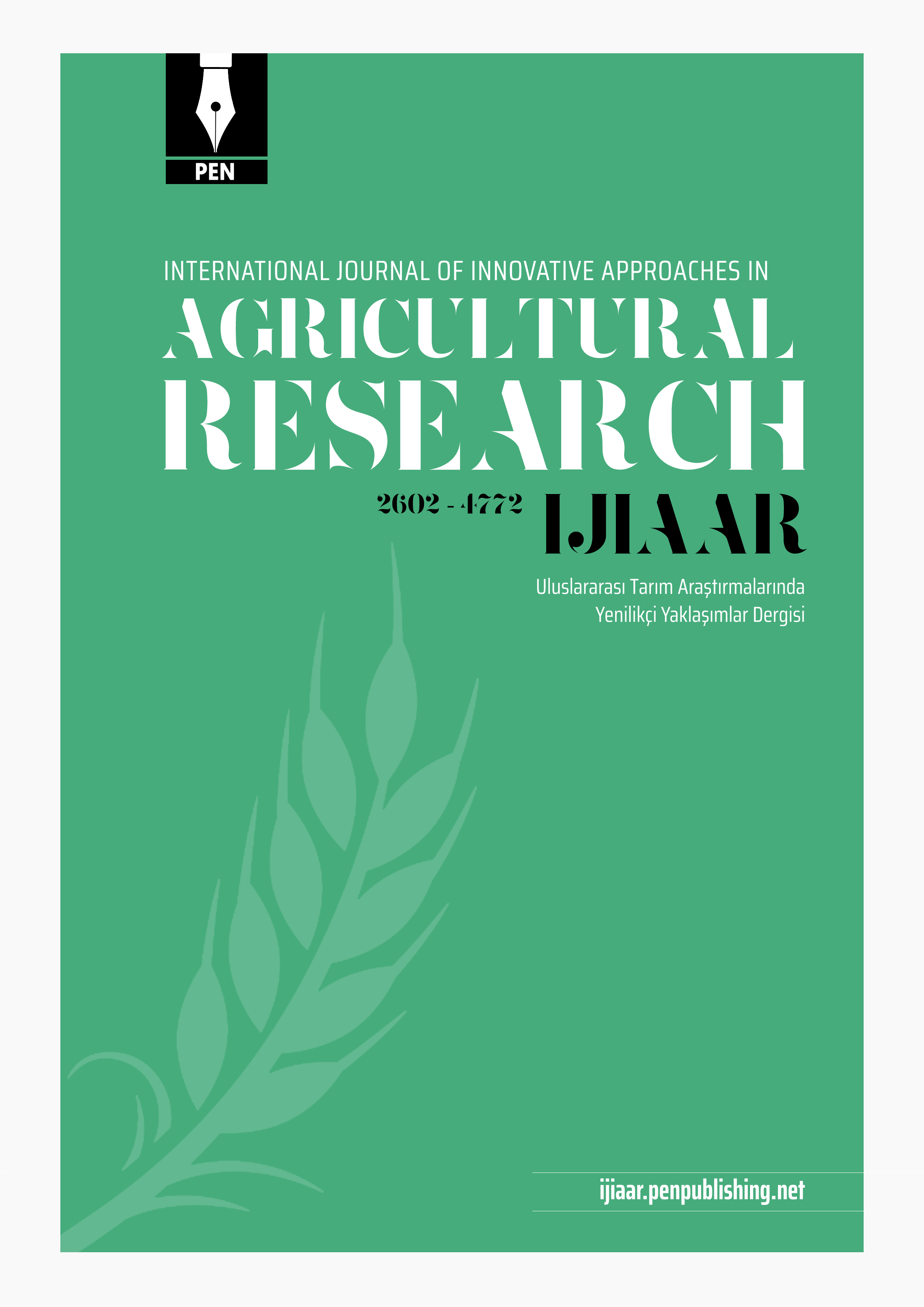
Uluslararası Tarım Araştırmalarında Yenilikçi Yaklaşımlar Dergisi
Yazarlar: Peter Hozlar, Katarina Matuskova, Petra Ondrejickova, Elena Hajekova , Ludmila Jorikova
Konular:-
DOI:10.29329/ijiaar.2020.238.9
Anahtar Kelimeler:Camelina sativa (false flax),Fertilization,Seed yield,Oil content
Özet: Oilseed plant Camelina sativa, the member of mustard (Brassicaceae) family, represents re-emerging low input oilseed energy crop with sustainable agronomic characteristics and environmental attractiveness. Camelina is a short-season crop adapted to the cool temperate regions of Europe, Asia, and North America. Although no original Slovak varieties are known to be preserved, Camelina recently attracts interest of Slovak agronomists and biofuel producers as it possesses many traits that make it an ideal candidate for the crop rotation schemes even on marginal lands and subsequent utilization for oil production. As a potential feedstock for the production of bio-components to fuels Camelina can contribute to achieve the increase of GHG savings. Main focus of this study was aimed to examine the effect of different fertilization conditions on Camelina sativa yield, plant height and oil content in Slovak region. Additionally, comparison study of two available varieties Zuzana (Czech variety) and Smilowska (Polish variety) was performed. Field trials evaluating 12 fertilization variants were conducted on spring 2018 and 2019 (as part of a long-term stationary experiment, founded in 1957), at the Research and Breeding Station Vígľaš-Pstruša, Slovakia. Nitrogen doses varied from 0, 40, 80, 120 to 150 kg.ha-1 and were split into one to four dosages with or without P and K fertilizers. If fertilized with P and K, these were applied once prior to the seeding. The evaluated factors were: (A) – fertilization (12 fertilization variants), (B) – Camelina varieties (Zuzana, Smilowska) and (C) – year of study (2018, 2019). The influence of all factors on the yield, the height of plant and the oil content were assessed through multi-factor ANOVA. The study showed that fertilization with nitrogen and phosphorous has positive impact on seed yield, which is in accordance to the literature. Fertilization with nitrogen has positive effect on plant height. The growing conditions of individual year/season have largely influenced the seed yield as well as the height of the plants. It has been observed that oil yield is strongly related to temperature and precipitation conditions in individual year as well as the presence of fertilizers and type of Camelina variety.